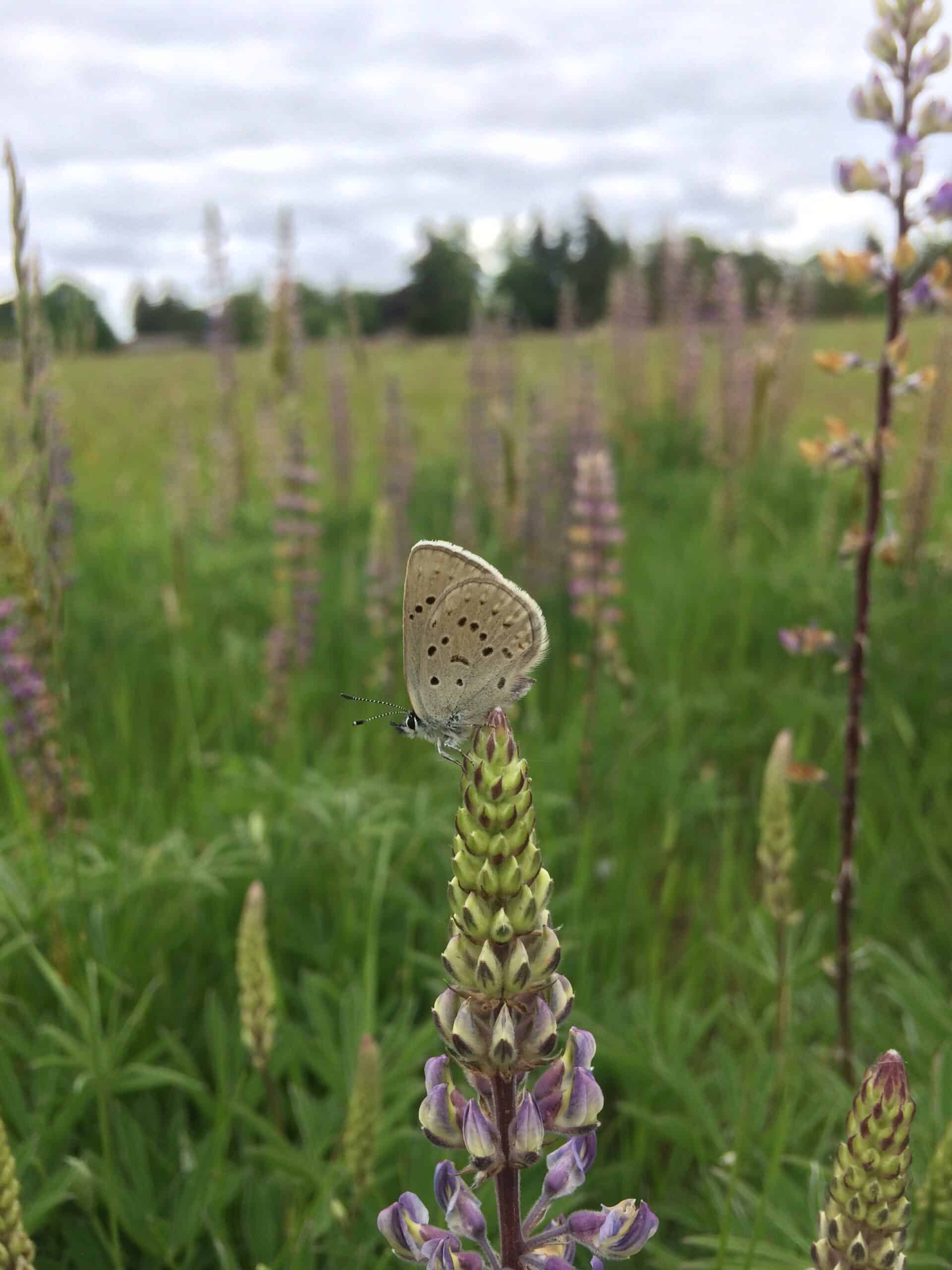Share this article
Delving into a monarch’s brain
Two-thousand miles is a long way to travel, but monarch butterflies can thank their internal clocks for helping with their journey from Canada and the Northeast U.S. to Central Mexico during their fall migration.
In a recent study published in the journal Cell Reports, a research team studied neurons in the species’ brains as well as their antennae to determine how their internal compass allows them to make this extensive journey. The researchers created the first-ever model to demonstrate this.
Lead author Eli Shlizerman, an assistant professor of electrical engineering and applied mathematics at the University of Washington, along with his colleagues at the University of Michigan and the University of Massachusetts, began their study with prior knowledge that monarch butterflies (Danaus plexippus) use the horizontal position of the sun as well as the time of day to determine the southerly direction they need for migration. But the team wanted to find out how this mechanism is wired in the butterflies’ brains.
As part of the study, the researchers recorded frequency of neural activity in several regions of the brain where they expected them to be located. This data was then used to build a model that uses frequency of neural activity to determine what direction the neurons were telling the butterflies’ wings to go. It appeared the modeled brain circuit could only tell the butterfly to go in a southwest or northeast direction. Shlizerman said that the northeast flight direction is the direction the butterfly goes in the spring from Mexico to North America. Their model suggests that using their internal clock and the sun’s position, the butterflies can reverse their direction and head northeast back to the U.S. and Canada. The team also determined that if there are any disturbances during the butterflies’ migration as a result of being blown off course, for instance, this mechanism could put them back on course.
Monarch butterflies are currently facing steep declines with one of the main reasons being a decrease in their main food source, milkweed. A recent study has also shown that monarch butterflies might face a quasi-extinction in the future, meaning its population numbers will be so low it won’t be able to recover. Shlizerman hopes this recent study will help people better understand the unique mechanisms of this declining species. “This is the only flying insect that travels so far and is capable of doing so in an optimal way,” Shlizerman said “Understanding their mechanism could better inspire future research.”
Shlizerman will continue to study the monarch butterfly and hopes to put together a robotic example of a monarch butterfly by incorporating their neuro circuits and then monitoring their migration and flight patterns. He also has a blog post that provides videos and images to help explain the study. “It’s not only a beautiful but a sophisticated animal,” he said. “We definitely have to keep them with us.”
Header Image: ©Jim, the Photographer








